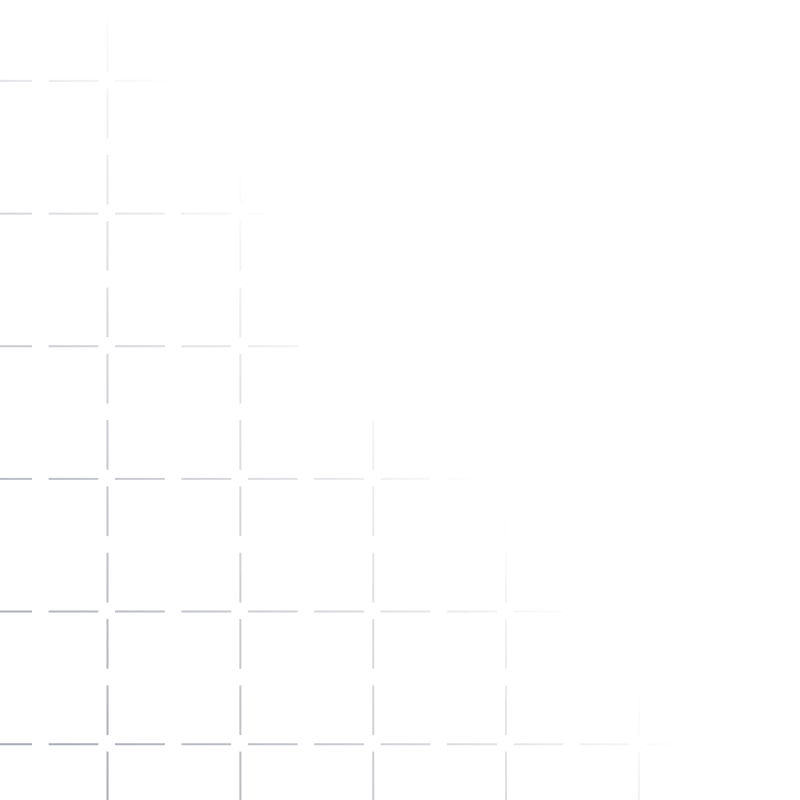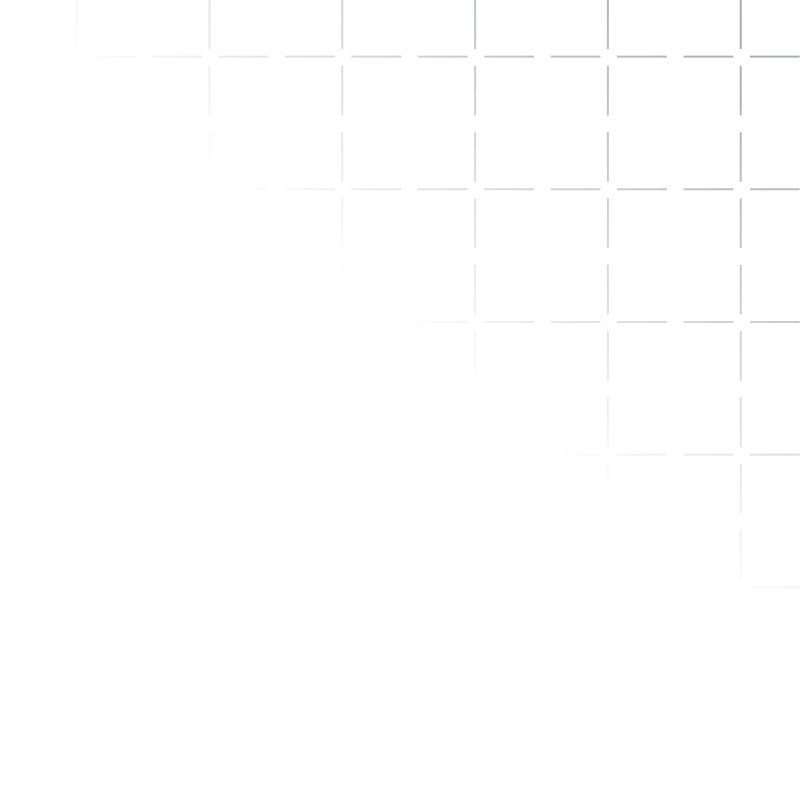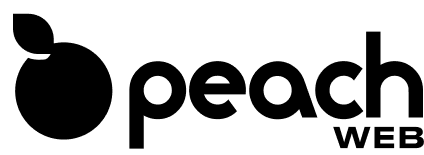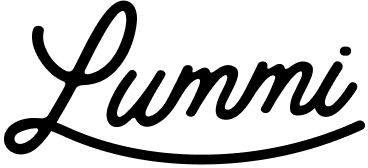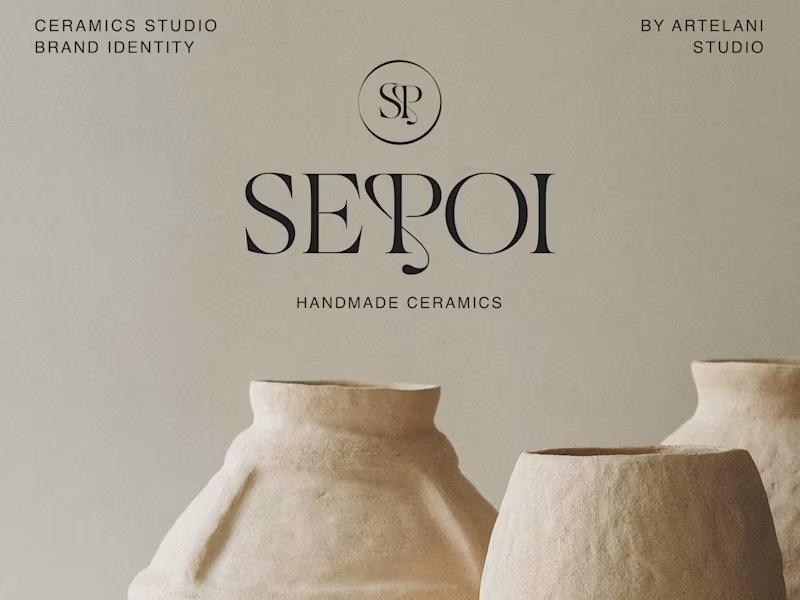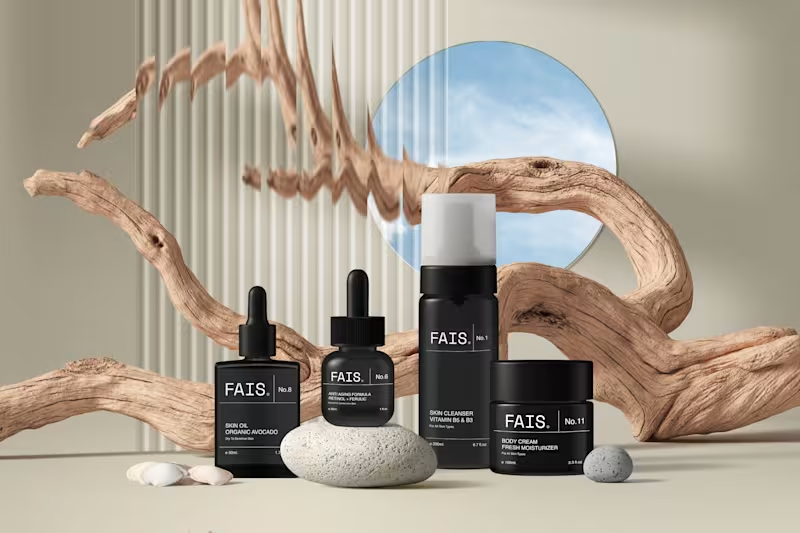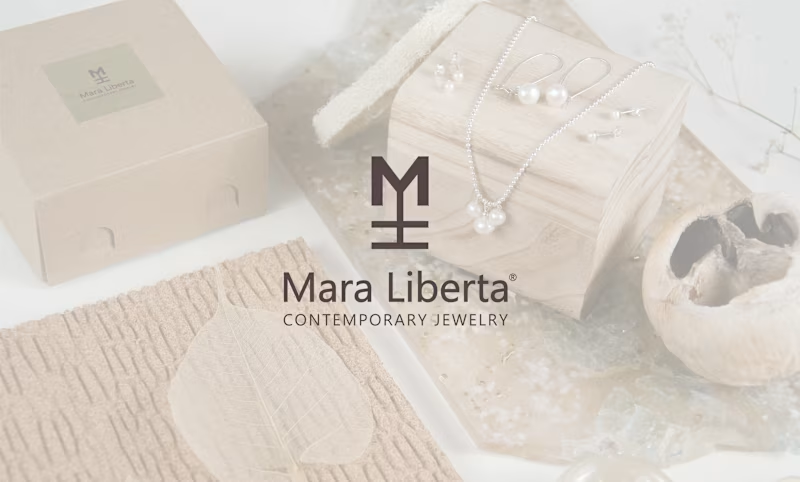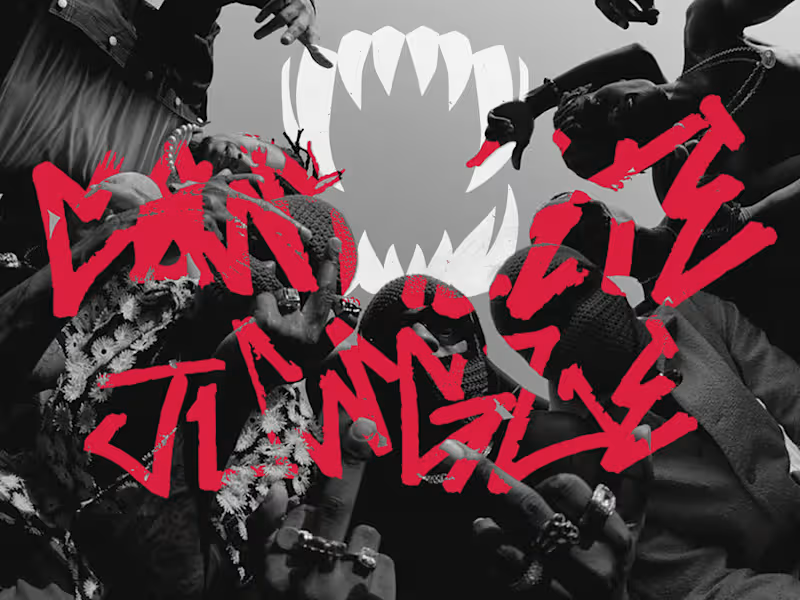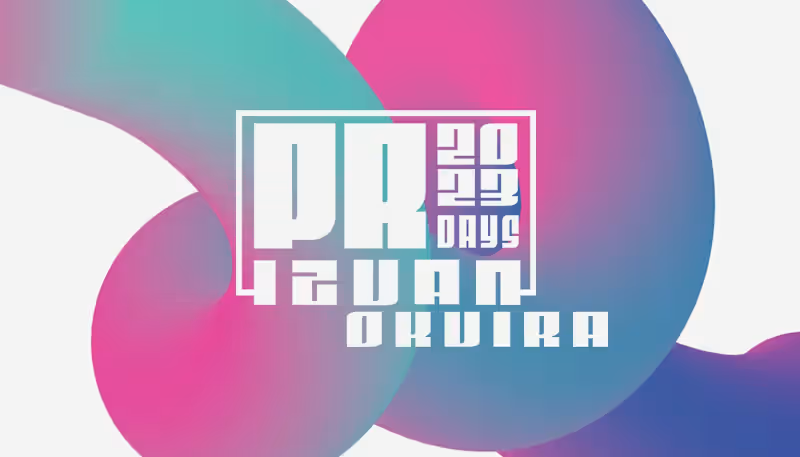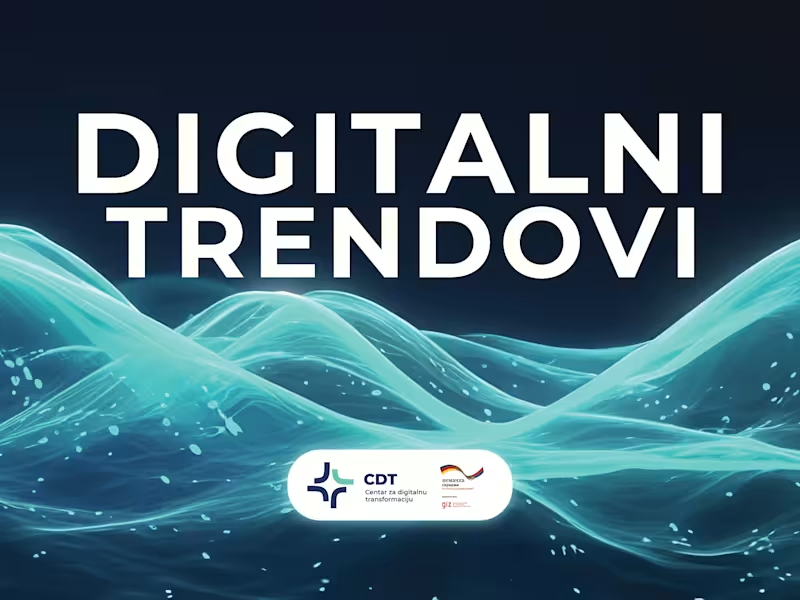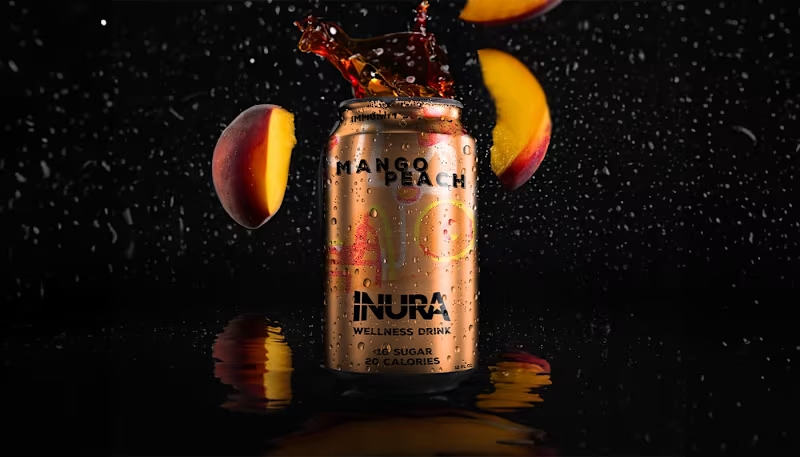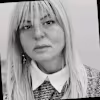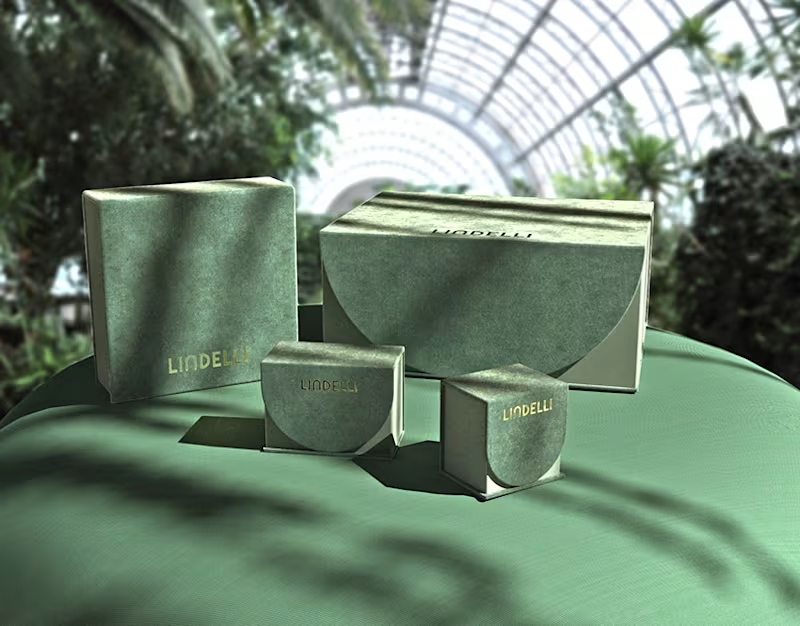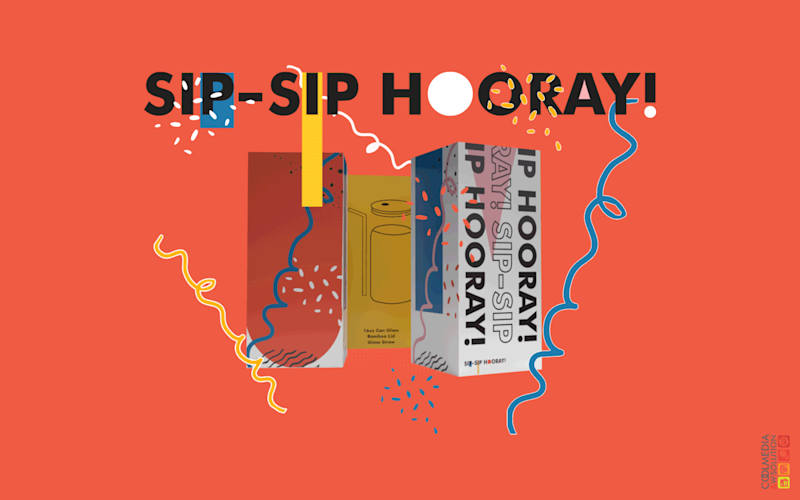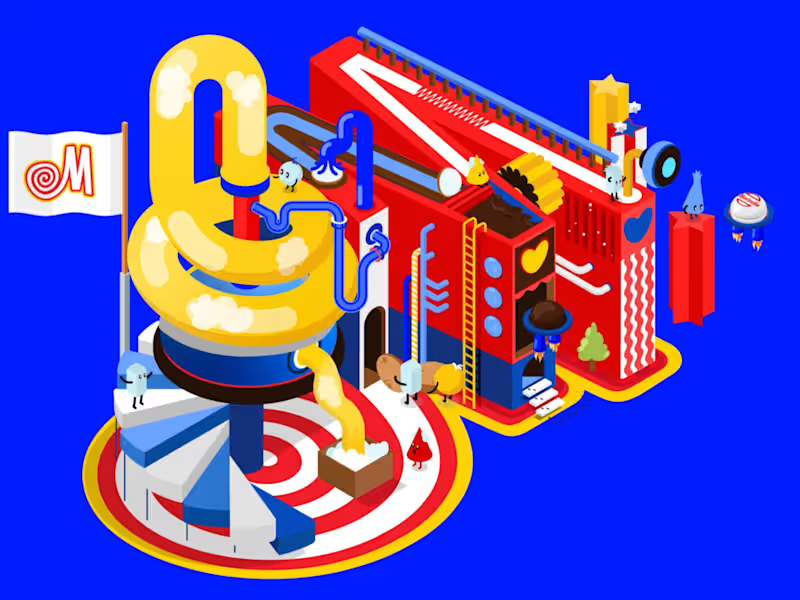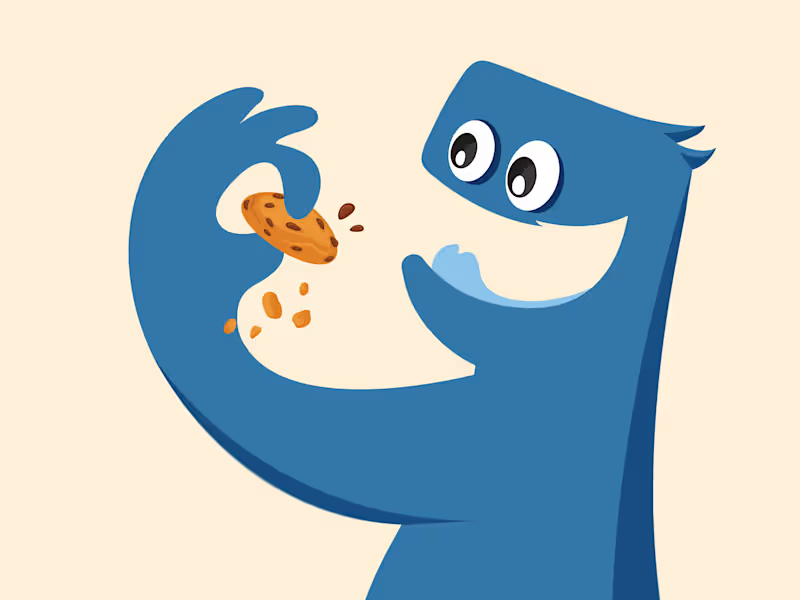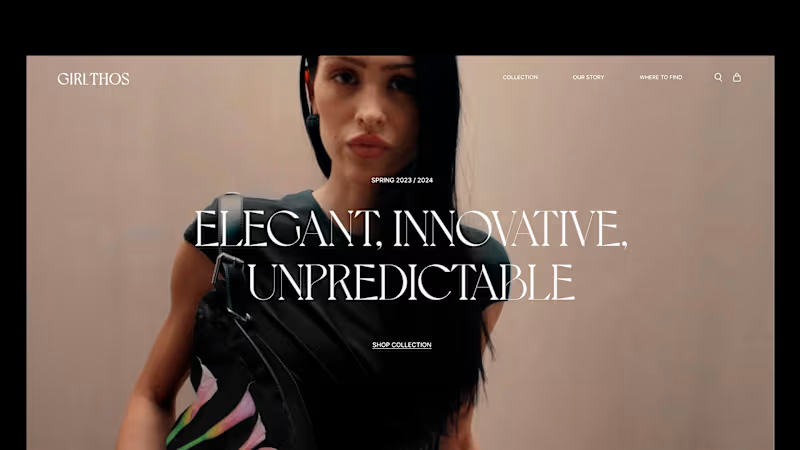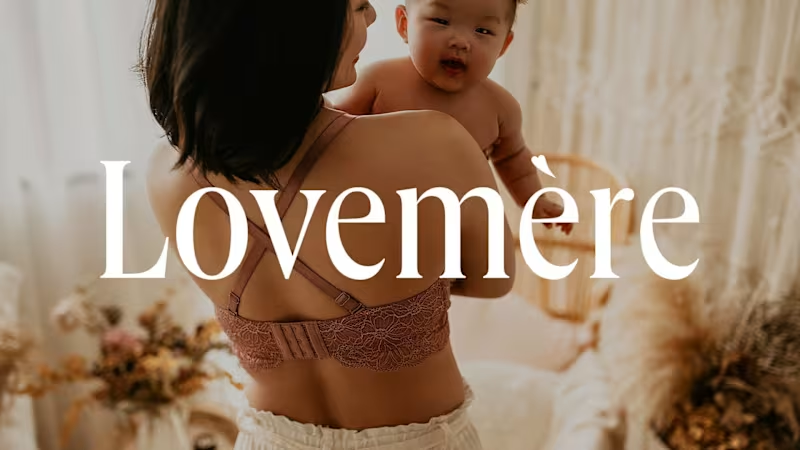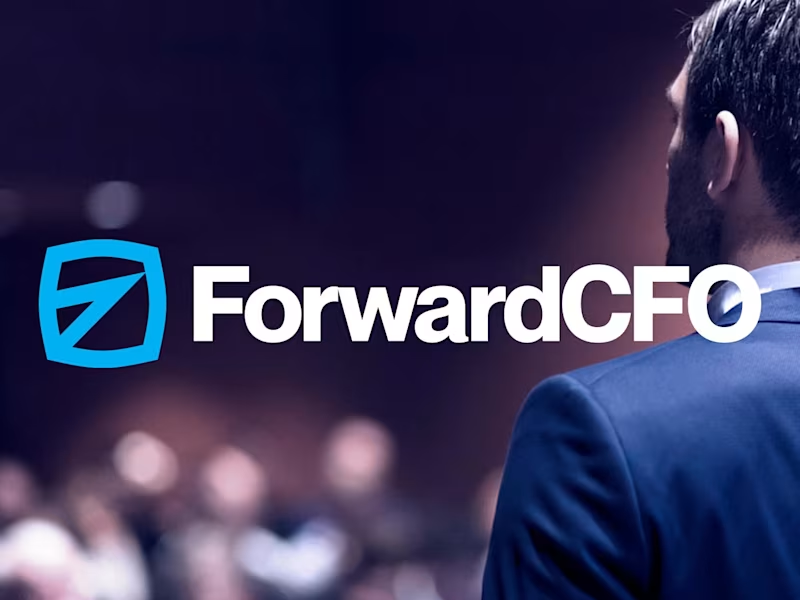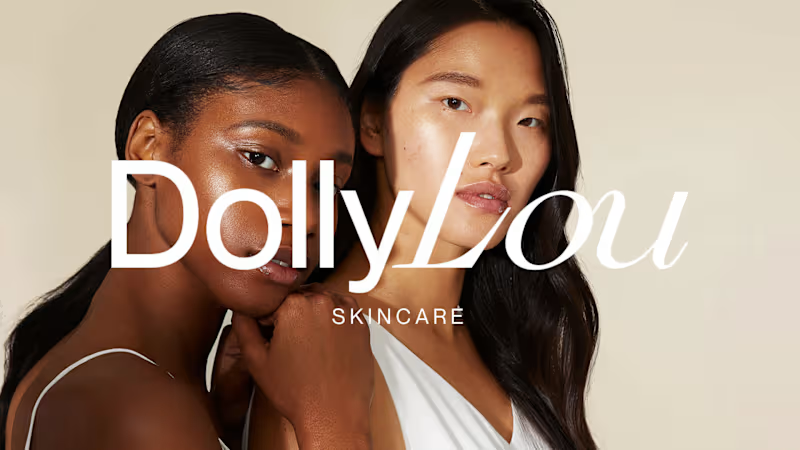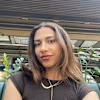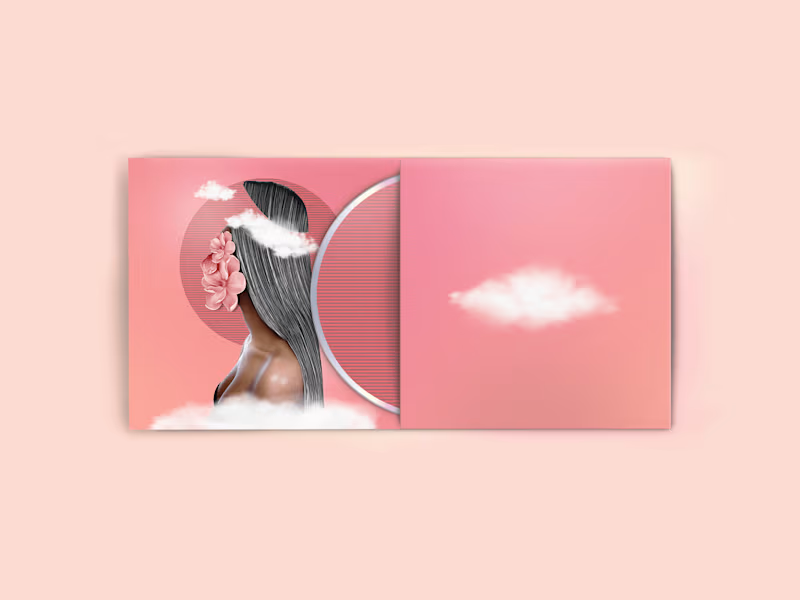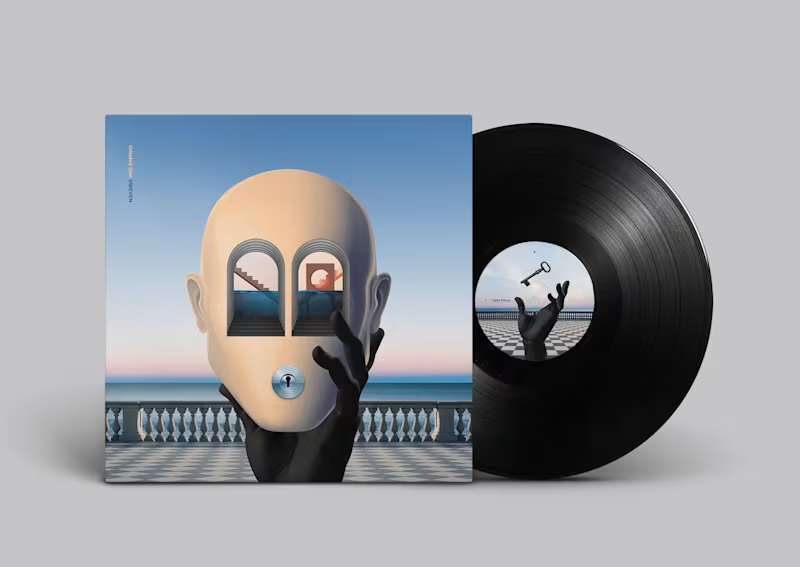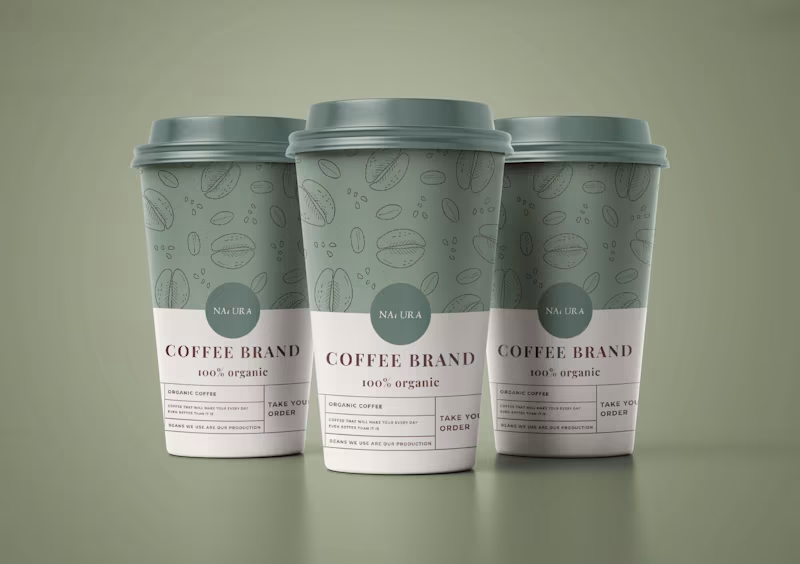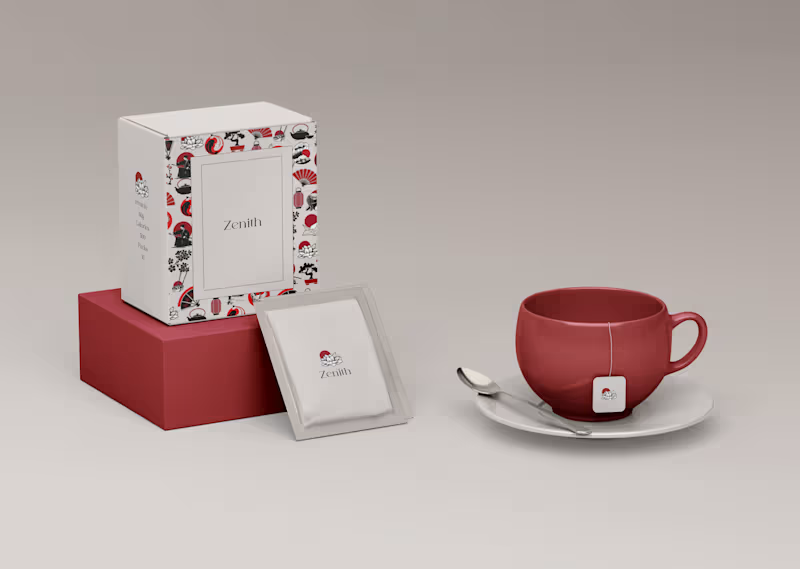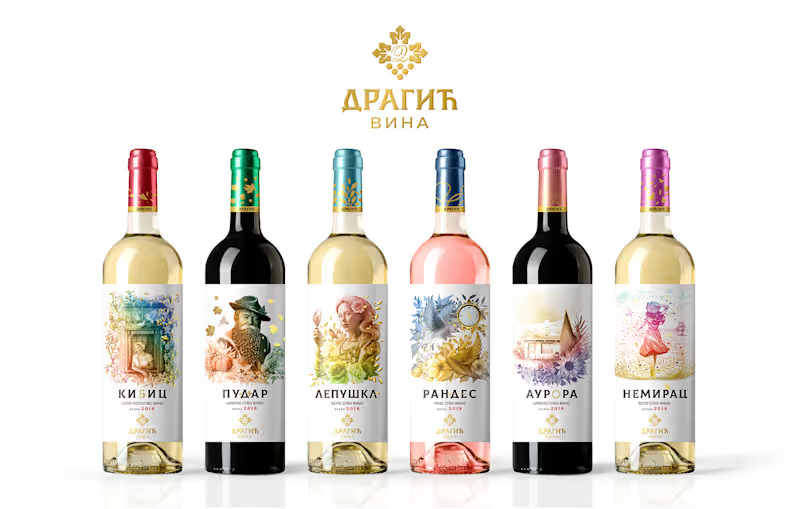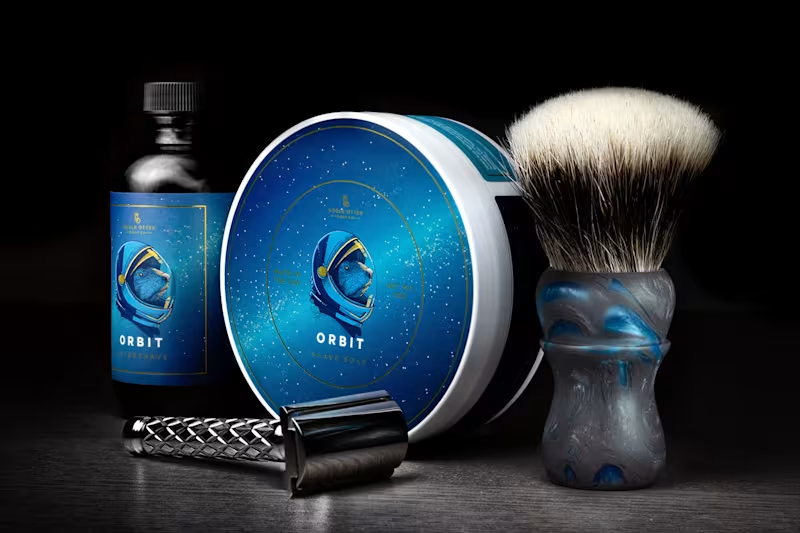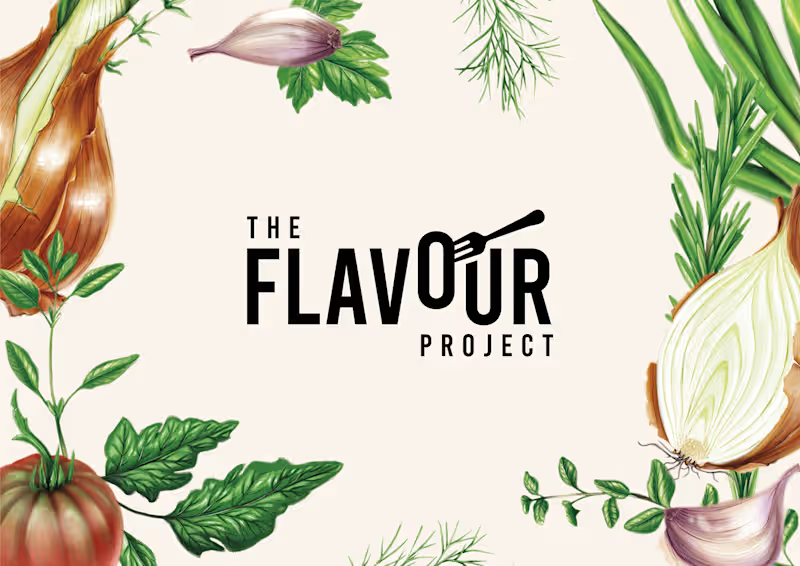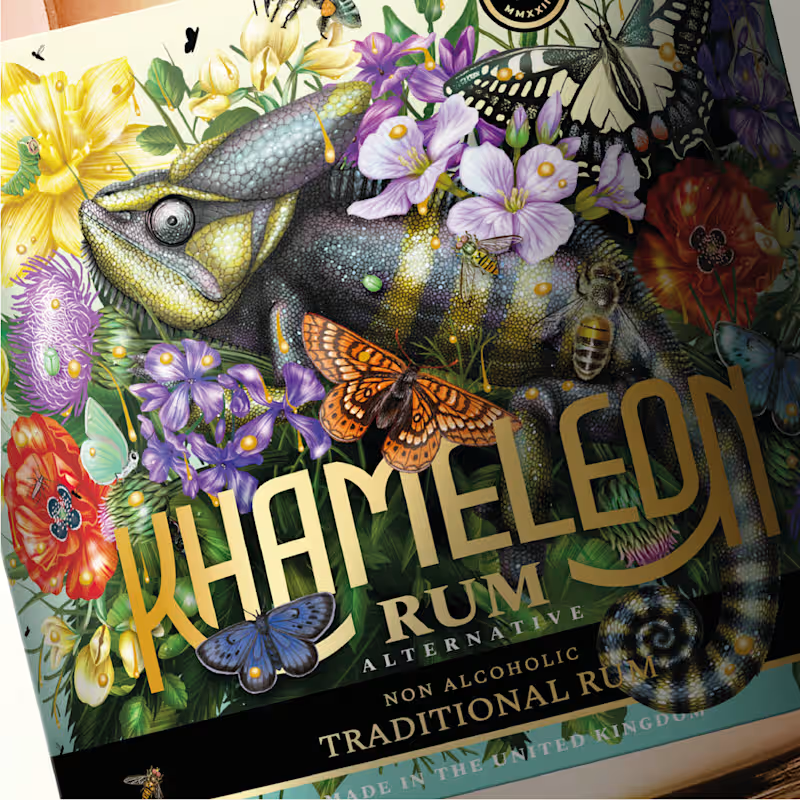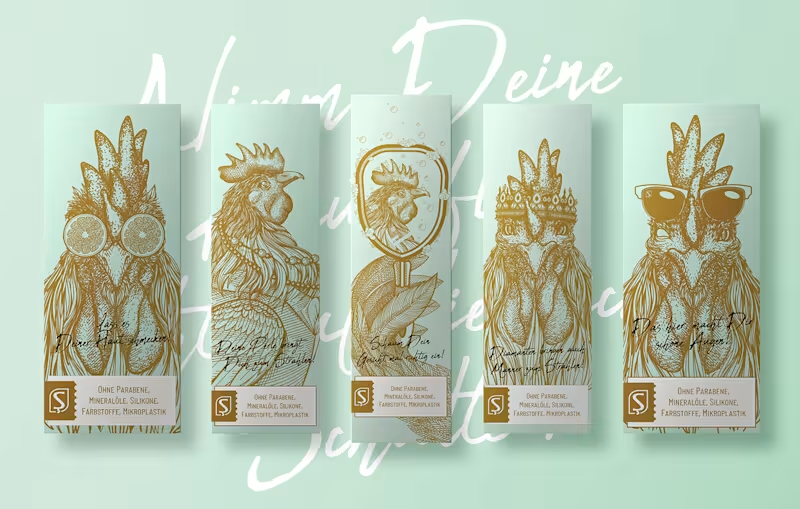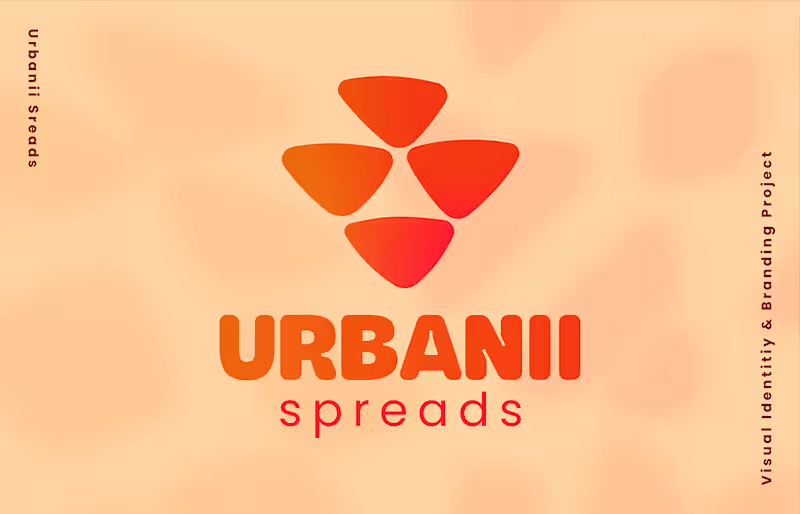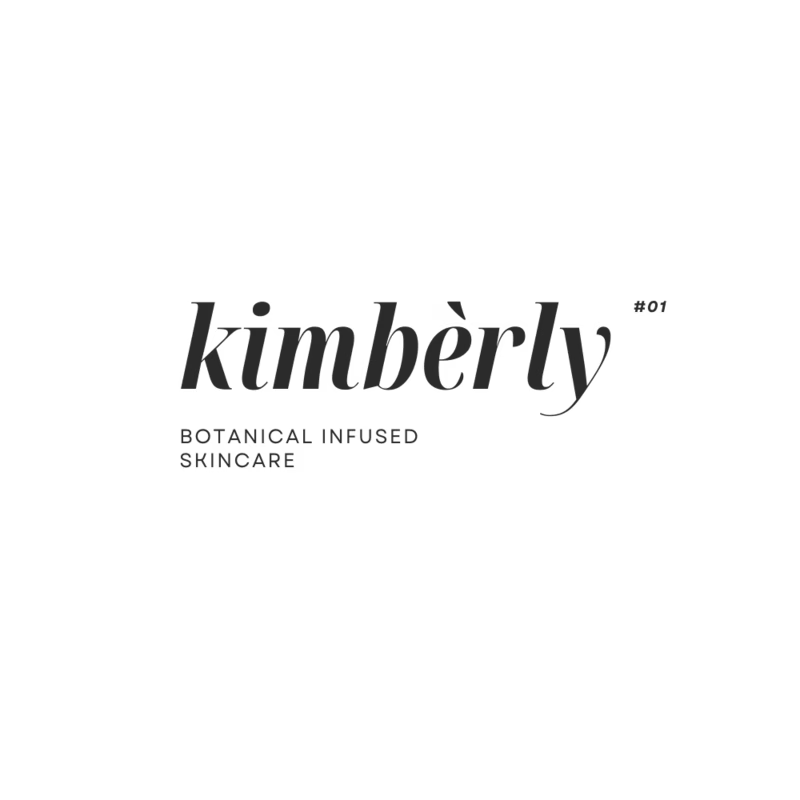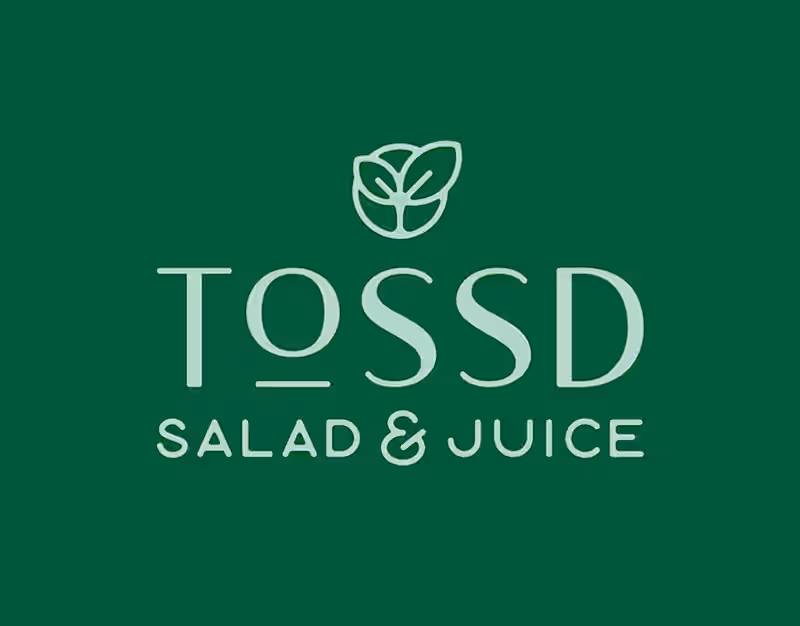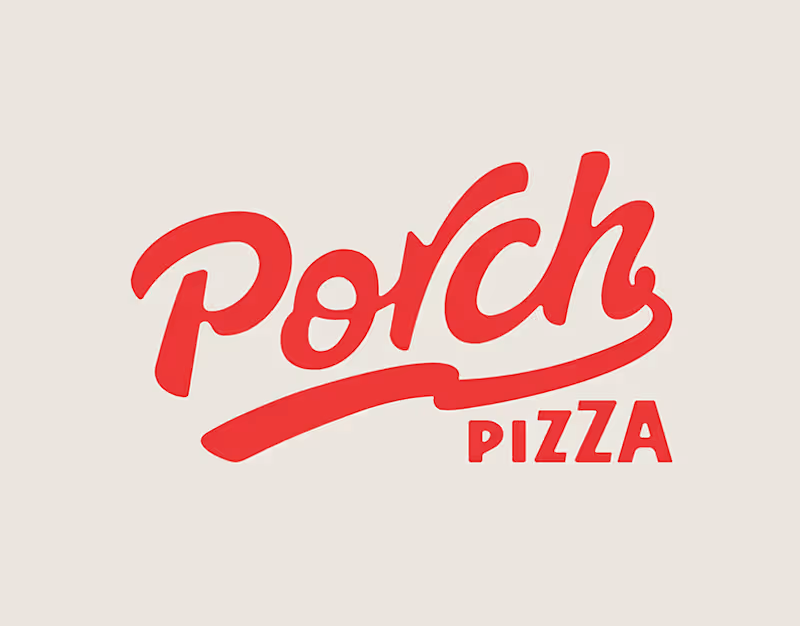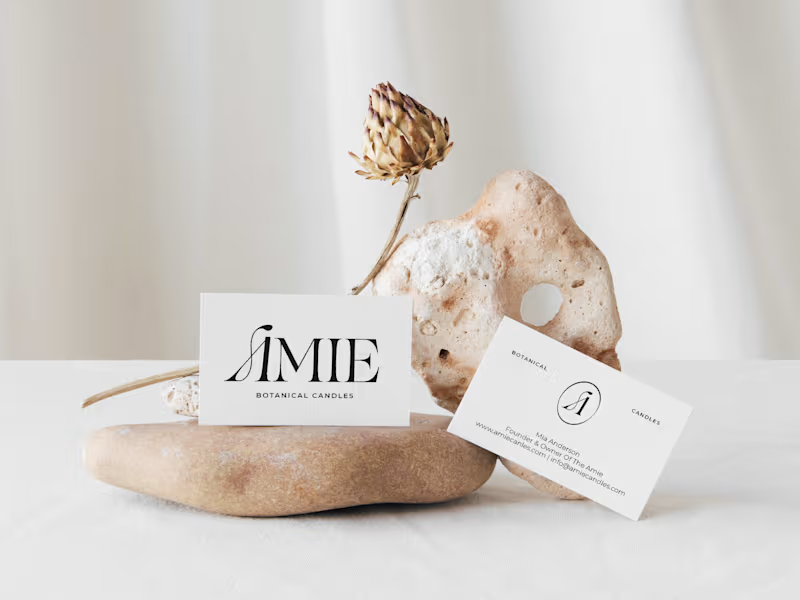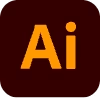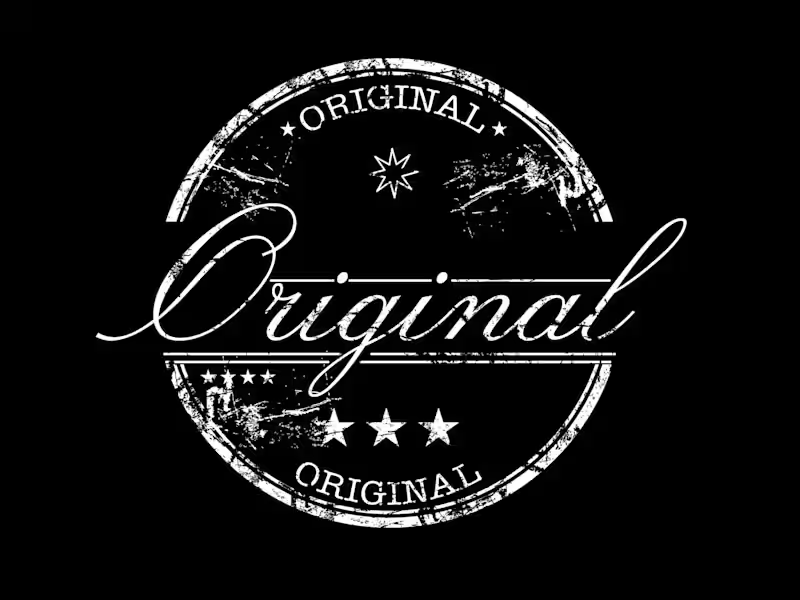How do I identify the skills needed for my packaging design project?
First, think about the type of packaging you need. Is it for a product you’re launching? Understand the materials and styles you prefer. Make a list of skills like creativity, attention to detail, and software proficiency. You can compare this list with the potential designer’s portfolio to ensure a good fit. Remember, a skilled designer will help your product stand out on shelves.
What should I include in the project brief?
A clear brief is important to guide your packaging designer. Include the project’s goals, target audience, and any design references you like. Describe your product, the size of the packaging, and any specific materials. It's also important to state your timeline and any key milestones. This way, the designer knows your expectations from the start.
How do I decide on the deliverables for my packaging project?
Consider what you need: do you want just the design file, or do you need a prototype as well? Think about additional materials like brand guidelines or color codes. It’s useful to ask the designer for their input on what they think will be required. Make sure both parties agree on the deliverables before beginning work. This clarity helps ensure a smooth process.
How can I verify a designer's expertise in packaging?
Ask to see their portfolio of past packaging designs. Look for designs similar to what you need. If possible, request references from past clients, especially those who had projects like yours. Designers with a diverse portfolio often adapt better to different styles. Verification helps you trust in their ability to deliver quality work.
Should I schedule a kickoff meeting for the project?
Yes, a kickoff meeting is helpful. It helps outline all aspects of the project and clears up any questions. Both you and the designer can discuss timelines, key milestones, and review any initial drafts. It sets the tone and direction needed for the project. A successful kickoff can lead to a more collaborative relationship.
What cultural considerations should I keep in mind when hiring a designer from Serbia?
Serbia has a rich history in art and culture, which influences its design aesthetic. When hiring a Serbian packaging designer, respect their creative ideas and insights. It may benefit the project to incorporate local design elements. Always encourage open communication to respect cultural differences. Understanding these can enrich the project and foster better collaboration.
How important is it to understand the local market for packaging in Serbia?
Understanding the local market is crucial when designing packaging. Serbian consumers might have unique preferences or styles they are attracted to. A designer familiar with the market can offer valuable input on what works best. This can make your product more appealing to local buyers. A designer with market insight helps enhance the final product.
What tools should a packaging designer be proficient in?
Key design tools include software like Adobe Illustrator and Photoshop. Depending on the project, knowledge in 3D design software might be necessary. Understanding printing processes and color theory are also valuable skills. Ensure the designer’s skill set matches your project needs. Proficiency in these areas often leads to better execution of your vision.
How do I incorporate feedback during the design process?
Set clear, regular intervals for giving feedback. Use specific examples and be as detailed as possible. Constructive feedback helps the designer understand what changes are necessary. Encourage them to share their thoughts and suggestions too. This mutual understanding leads to more efficient refining of the packaging design.
What makes discussing timelines and deadlines vital?
Agreeing on a timeline ensures expectations are clear from the start. It helps the designer allocate time effectively for research, drafts, and revisions. Establishing deadlines also keeps the project on track and prevents last-minute rushes. Communicate any changes in your timeline promptly. Consistent updates keep both you and the designer aligned on progress.
Who is Contra for?
Contra is designed for both freelancers (referred to as "independents") and clients. Freelancers can showcase their work, connect with clients, and manage projects commission-free. Clients can discover and hire top freelance talent for their projects.
What is the vision of Contra?
Contra aims to revolutionize the world of work by providing an all-in-one platform that empowers freelancers and clients to connect and collaborate seamlessly, eliminating traditional barriers and commission fees.
